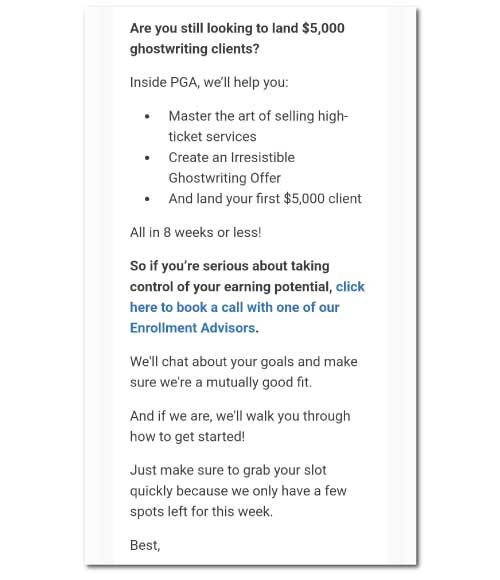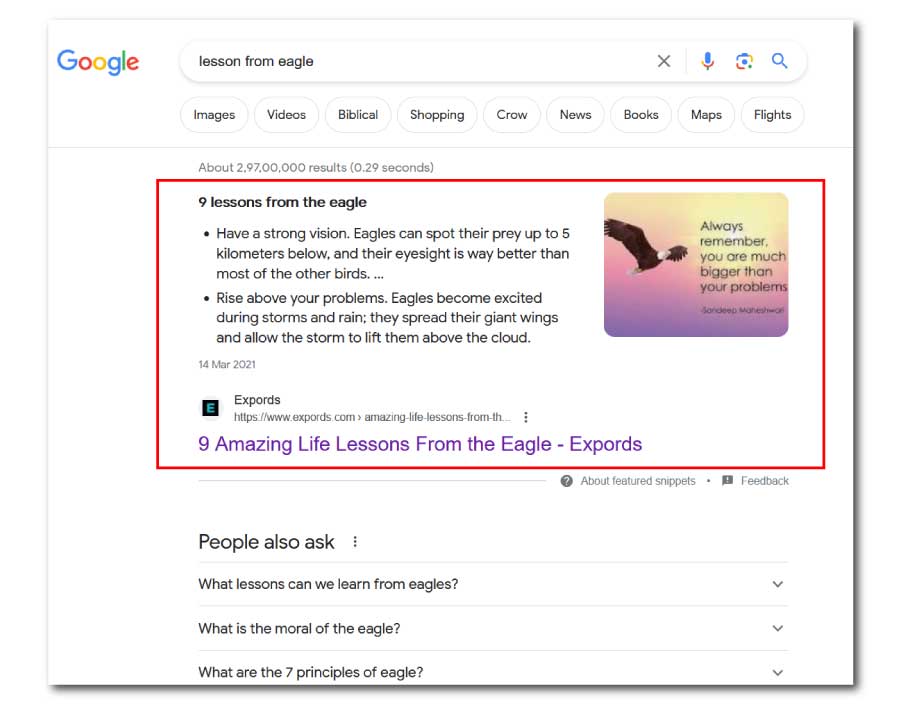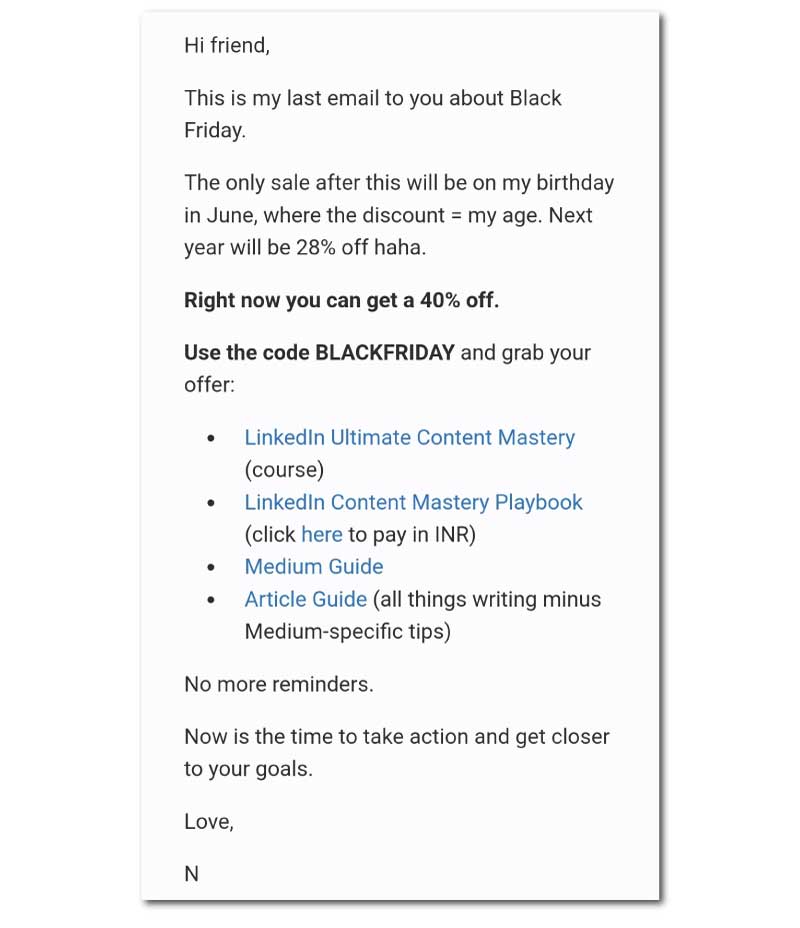You create the most amazing product, put your heart and soul into it, and… crickets!
Here’s the thing: just having a great product isn’t enough. You need to convince people why it’s the best, how it solves their problems, and why they absolutely need it. That’s where different types of copywriting come in.
Think of copywriting as a toolbox full of special tools, each designed to target your customers precisely and effectively. These tools make your brand stand out and help you outshine the competition. They make your target customers go from “meh” to “OMG, I need that!”
But there are dozens of types of copywriting. Which ones should you choose to get the best results without breaking the bank?
I have got your back. In this blog, I will reveal the 7 major types of copywriting you can use in your marketing campaign. I have been a freelance writer for over 2.5 years, and I have used some of them to help my clients achieve their goals. So, here we go…
7 Different Types of Copywriting to Win More Customers
1. Website Copywriting
Your website is your digital storefront. And the website copy is your best salesperson. Yeah, it works for you 24/7. The copy welcomes your visitors and tells them who you are, what you do, and most importantly, why they should choose you.
And it’s crucial. Because 67% of people visit your website if they want to know more about your brand, according to Hubspot.
Key areas for this type of copywriting:
- Home page: Introduces your brand, builds trust
- About page: Tells your story, showcases your expertise
- Landing page: Targets specific offers, encourages action
- Services page: Explains your offerings, highlights your unique value
The goal of website copy is to convince visitors that your product or service can solve their problem and bring the desired change.
It’s always a good practice to convey one message and one promise and encourage people to take one action on every page. If done right, this in-demand type of copywriting can significantly improve your sales.


2. Social Media Copywriting
There were over 4.59 billion social media users worldwide in 2022, which is expected to become six billion in 2027.
Now you know why social media is a prime spot to spread the word about your company. And you can do this effectively by creating compelling and engaging posts using social media copywriting.
Just be less salesy and provide something your audience actually wants. Like:
- Educate them with helpful tips and tricks
- Inspire them with stories of success and achievement
- Entertain them with memes, jokes, and relatable content
Remember, each platform has its own personality. For instance, try to be professional and informative on LinkedIn. Keep things short and sweet on Twitter. And be visually stunning and engaging on Instagram.
Whatever platform you use, this type of copywriting can boost your brand awareness, gather instant feedback, and build a loyal community for your brand.


3. Email Copywriting
An email list is one of the most precious things for your business. Because it’s a list of your most loyal audience, who would cheer you on no matter what. These are the people who trust you and are interested in what you have to offer.
But how do you get them to take action? Yupp, email copywriting. This type of copywriting lets you craft emails that would encourage them to take a certain action, like buying your products.
Emails can be educational, where you share some valuable information and then promote your product at the end. Or it can be a direct offer. Whatever the case, you have to craft catchy subject lines, a preview sentence that sparks interest, a personalized body message, and a clear call to action.
Since you are talking directly to your biggest fans, you can expect better conversion rates. You can also track your results to see what works and what doesn’t, so you can keep improving your messages to get better results!


4. SEO Copywriting
SEO copywriting is mostly used in blogs. SEO helps you rank at the top positions on search engines and get organic traffic. And copywriting helps you catch visitors’ attention, engage them, and then give them an offer they can’t resist.
This is what you do in this type of copywriting:
- Insert keywords: What are people searching for? What questions do they have? Use those phrases in your blog titles and headings and throughout your writing.
- Make it interesting: People don’t want to read boring text. Give them helpful information, share exciting stories, and answer their questions. This will keep them hooked.
- Offer the solution: Introduce your products or services. Show how it can help them and use a strong CTA to encourage them to take action.
SEO helps people find your blog organically, so you don’t need to spend money on advertising. Guess what, organic search is the top traffic source for all websites, according to Hubspot.
And here is the best part: once your blog ranks well, it gives you steady traffic and new leads for years and years.
I highly suggest solopreneurs write blogs because, apart from the visibility, all those informative posts give you authority and hence, more customers. If you don’t know how, I can help you write blog posts that grow your business. Contact me today.


5. Direct-Response Copywriting
This is the most direct form of copywriting. Here, you get straight to the point and ask your reader to take instant action the moment they have finished reading your copy.
It’s like saying, “Hey (target customer), here’s something amazing, and you can have it right now. But you need to act fast!”
This can be used in lots of places like landing pages, sales letters, pay-per-click ads, website pop-ups, or social media ads. Here are some tips for this type of copywriting:
- Know your audience: Who are you talking to? What are their dreams and fears? What problems do they face? Once you understand them, you can build an emotional connection.
- Make a promise: Tell them what they will get if they take action. Make it something they really want and can’t resist.
- Create urgency: Give them a reason to act now. Say the offer is only available for a limited time, or only a few spots are left.
- End with a clear call to action: Tell them exactly what you want them to do, whether clicking a button or filling out a form.
When done right, this can lead to an increase in sales and happy customers. The best part? You get to see the results instantly! You can track how many people are taking action and change your copy to improve your results.


6. Personal Brand Copywriting
Your personal brand is the most valuable asset as a solopreneur or business owner. It can help you make a good network, establish yourself as a thought leader, and get more customers. But all these will be possible only with effective personal brand copywriting.
Places you can use this type of copywriting:
- Highlight your expertise and experience in your bio and about sections
- Share valuable content that showcases your skills and authority
- Tell your story to connect with your audience and make a loyal following
- Craft compelling messages to sell your products or services
Some of the best platforms to make your brand are LinkedIn, Twitter, and Medium. But apart from copywriting, you also need good strategy and storytelling skills. This certainly takes time. And there is a lot of learning and experimenting involved.
If you want a solid personal brand without wasting time and energy, you can contact me. I can help you get more authority, trust, and leads using my copywriting and storytelling skills. So, whenever you are ready, just drop me a message.


7. Creative Copywriting
Want to stand out and be unforgettable? Creative copywriting is the best shot you have got. This is not exactly a type but a style of copywriting. And it’s all about being:
- Fun and playful: Make people smile, chuckle, or even laugh out loud
- Clever and witty: Use wordplay, puns, and surprising turns of phrase
- Humorous and lighthearted: A touch of humor can go a long way
- Smart and intelligent: Show your expertise to build more authority
You can use this type of copywriting in headlines, slogans, mottos, advertising campaigns, website content, and even product descriptions. You just have to brainstorm and find unique ways to describe your brand or product.
Also, be updated with the latest trends. Know what’s popular, what’s trending, and what’s resonating with your audience. And most important, be thick-skinned. Be prepared for some criticism. Because not everyone will get your creativity.
Finally, this applies to all types of copywriting: The more you experiment, brainstorm, and dare to be different, the more your brand will shine, and the more your customers will love you for it.


Ready to Boost Your Brand?
Now that you know the 7 major types of copywriting, you can easily pick the ones that work best for you! Remember, the best copywriting speaks directly to your audience, understands their needs, and motivates them to take action.
If you ask me, I would say SEO copywriting is the best option for long-term organic traffic and strong conversions. And if you already have a website, you’re halfway there! All you need to do is write SEO-friendly blogs with persuasive copywriting that convinces readers to buy your products or services.
Don’t know how to do it? I do. Contact me today to grow your business.
Hey, I’m Saurav, a freelance copywriter!


I write research-based website copy for solopreneurs and D2C brands. This brings more website visitors and converts them into loyal customers.
I’ve been doing it for 2.5 years, so you can bet I know my stuff. If you also want to grow your brand, here’s how I can help you.

